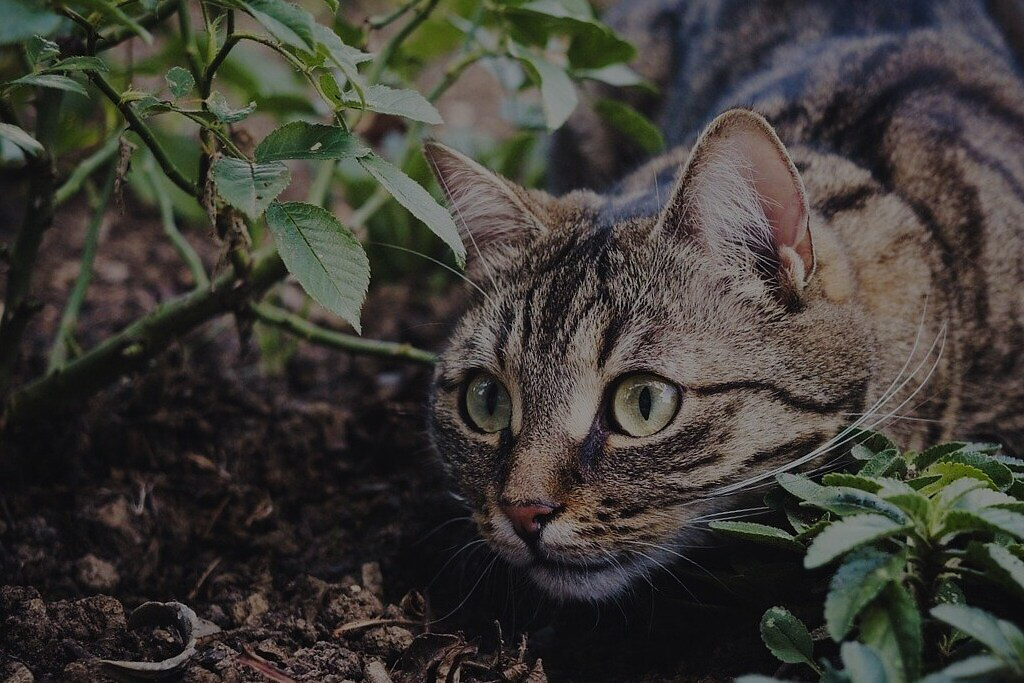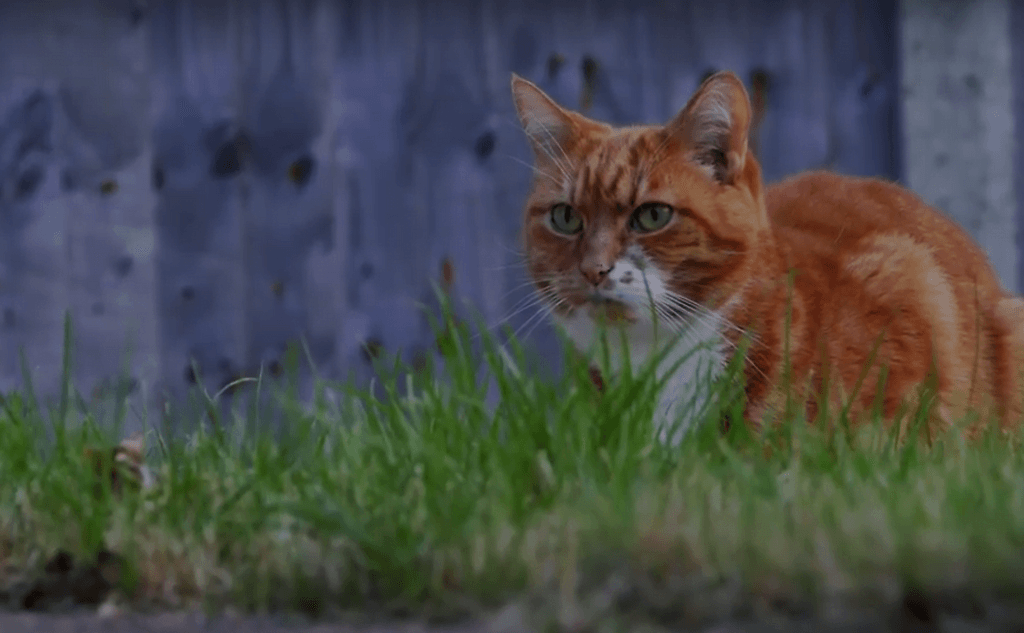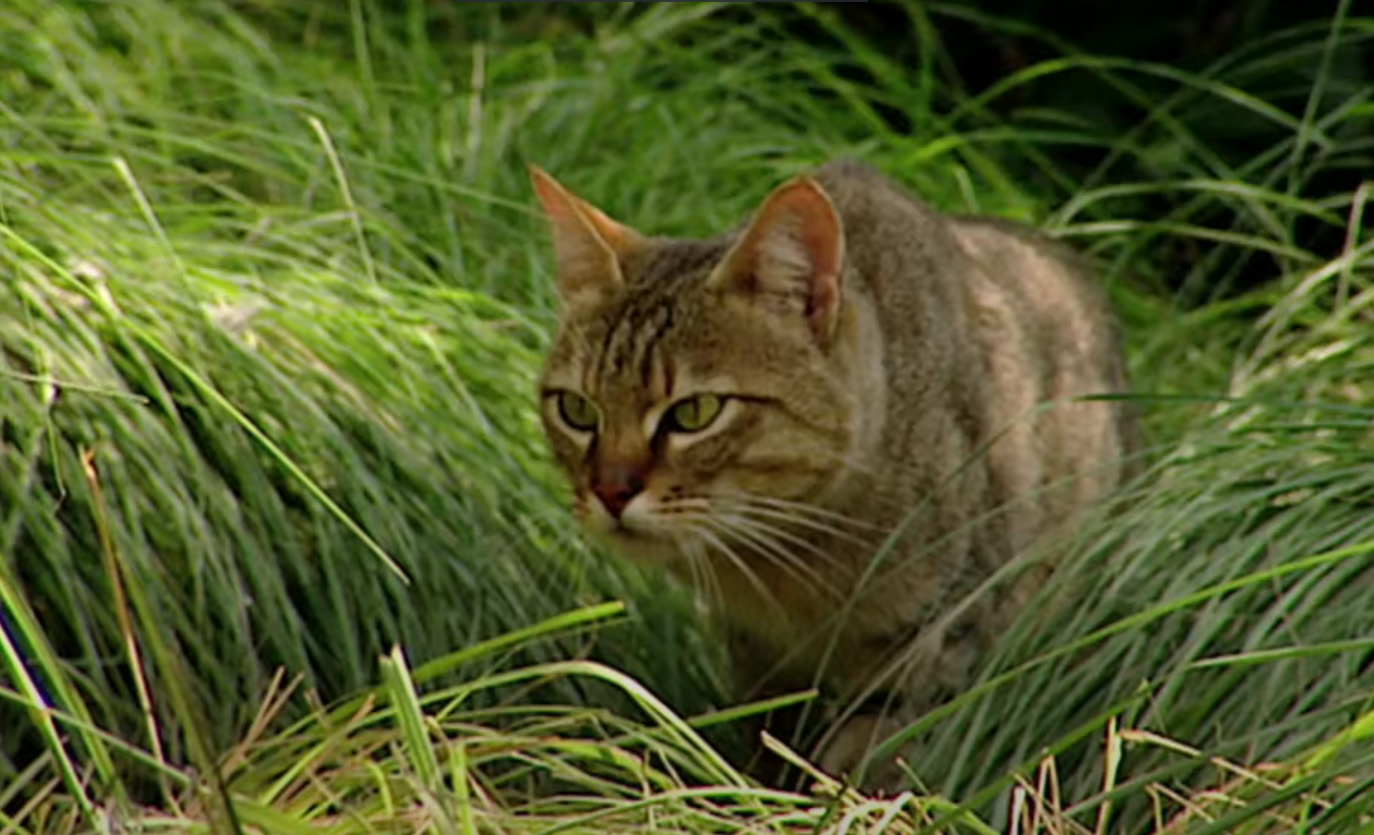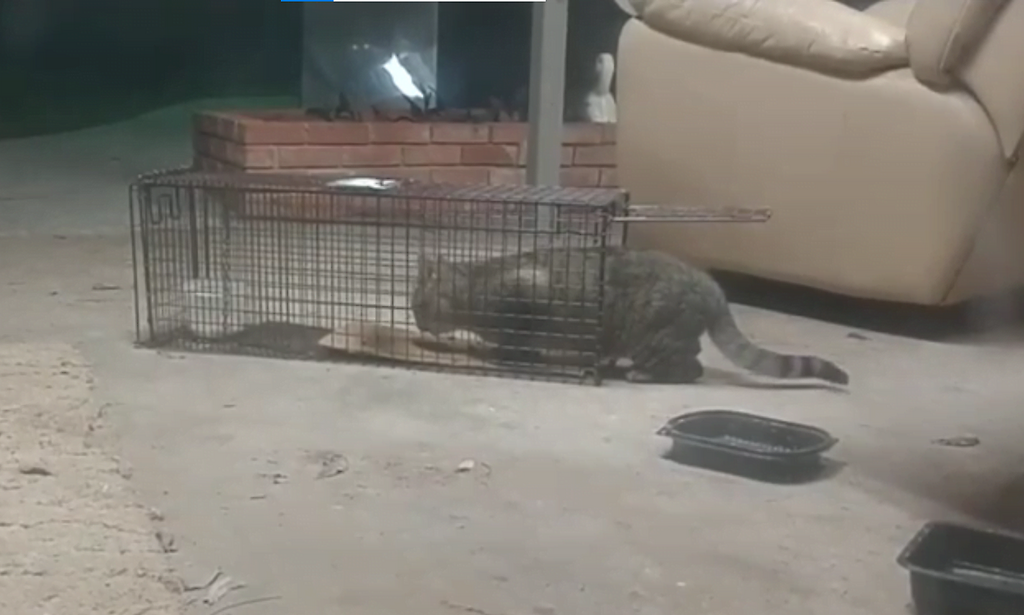There are plenty of opinions on whether cats should be indoor or outdoor pets. While many of the arguments in the debate focus on the health and lifespan of the cats themselves, the impact of outdoor cats on wildlife is also a significant consideration.
Whether or not you ever plan on owning a cat, it is wise to understand the true impact that outdoor cats have on wildlife. Even indoor/outdoor cats can have a significant effect on wildlife.
We Have Known For Years
Although many people still do not acknowledge this fact, the knowledge that cats can hurt the wildlife is nothing new. Back in March 2011, there was enough evidence that caused the Wildlife Society to take a strong stance towards removing feral cats and keeping pet cats inside. In fact, the organization’s magazine published articles on the problem titled “In Focus: The Impacts of Free-Roaming Cats.” Those articles outlined a long list of research and statistics that already showed evidence that free-roaming cats are bad for other species.
Many of those statistics and studies referenced are still relevant today and commonly cited, although they are now supplemented by additional information.
Free-Roaming Cats Are Increasing
Despite the fact that outdoor cats are problematic for wildlife, the number of free-roaming cats has been increasing. As of 2011, there were 117 to 157 million in just the United States. in fact, the domestic cat was officially the most abundant carnivore on the continent by that year, despite not being native.
Looking at Numbers
Between two-thirds and three-fourths of cats remain indoors, as of 2016, according to surveys. Those cats do not pose a problem to wildlife as they are highly unlikely to have any interactions with them.
The estimates of feral and stray cats in the United States vary greatly, partly because felines are excellent at hiding. A 2012 study used the estimate of between 30 and 80 million by the Human Society put their estimate at closer to 30 to 40 million in 2016. Adithya Sambamurthy, part of the Center for Investigative Reporting, put the figure closer to 80 million that same year.
Cats Are Built to Be Predators
Biologically speaking, cats have clearly evolved to be predators. They have incredibly fast reflexes and sharp claws, along with sharp teeth.
In fact, people likely originally domesticated cats to keep mice and rats away, due to this ability. However, those hunting instincts and biology that helps them hunt poses a problem for wildlife.

Outdoor Cats Kill Birds
As of 2011, estimates indicated that outdoor cats kill over a million birds each day – and that was just in the United States. While that estimate already shows a serious impact, other studies suggested that the figure may actually be closer to a billion birds annually, not the 365 million that the smaller estimate would lead to.
Other information form the American Bird Conservancy and the Wildlife Society indicates puts this in a slightly different perspective by letting you see the impact of each individual cat. They found that the typical outdoor domestic cat kills an average of two animals each week. This may seem like a small number, but added up over the life of a cat and multiplied by all the outdoor cats, it quickly builds.
Unfortunately, there is minimal data on feral cat populations, including their lifestyles. Because of this, experts have wide ranges in their estimates of how many birds and other animals are killed by cats. Some figures from Pete Marra and his colleagues estimate that free-ranging domestic cats are responsible for the annual death of between 1.3 and 4 billion birds and between 6.2 and 22.3 billion mammals.
Ferals and Strays Kill More
Because of their behavioral and socialization differences, stray and feral cats tend to kill an average of three times as many wild animals as domesticated cats.
Tibbles
For anecdotal evidence of the number of birds that just one cat can kill, look no further than Tibbles. In 1894, this cat traveled with her human to an island to the south of New Zealand that was previously untouched. Tibbles is reportedly responsible for causing the Stephens Island wren to go extinct, as this small, flightless bird was only in that region.
Marra, Ryder, and Balogh’s Study
A study led by Peter Marra, Thomas Ryder, and Anne L. Balogh in 2011 and published in the Journal of Ornithology found some concrete evidence of cats killing birds, although on a smaller scale. These researchers from the Smithsonian Institution and Towson University focused on gray catbird chicks in three Washington, D.C. suburbs.
The study attached small radio transmitters on the participants, which were 69 newly hatched chicks. Those transmitters recorded the location of the birds every other day, continuing to do so until the birds died or they left the study area.
Of the sample, 42 of the young catbirds died, nearly 80 percent of which were killed by predators. Of the known predators, nearly half was due to domestic cats.
Of course, this study was done on a very small scale and in just one part of the country. However, it still has major implications. After all, if cats could cause so much damage in such a small sample size, it is easy to imagine what they can do on a larger scale.
Birds Are Crucial for the Environment
Those who are against outdoor cats, including Pete Marra from the previously mentioned study, argue that birds play a particularly important role in the environment, making their death at the hands of outdoor cats especially problematic.
Birds perform a long list of crucial roles, including spreading seeds and pollinating plants. They also help control insect populations.
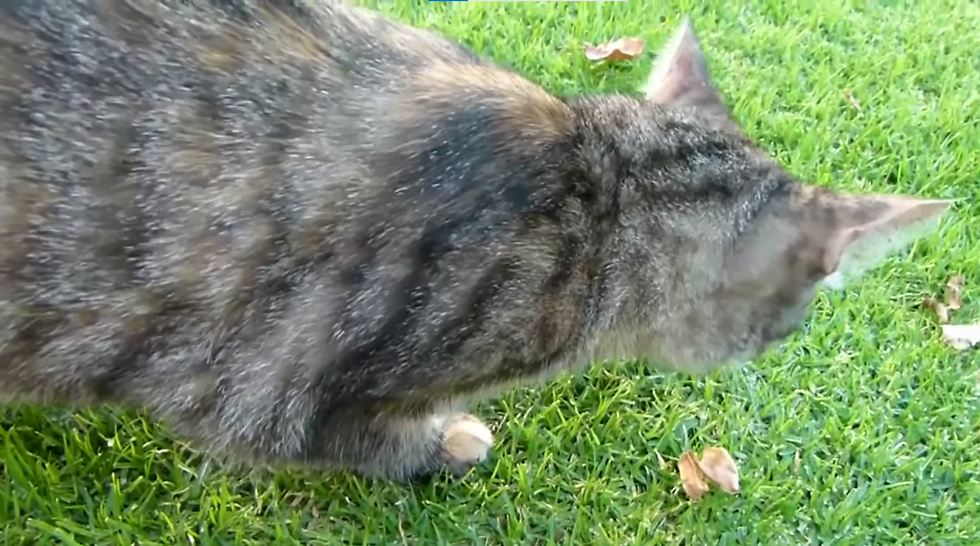
Outdoor Cats Kill Other Animals as Well
While cats have a notably large tendency to kill birds, they are far from the only animals affected. Cats are versatile predators and have been responsible for multiple extinctions and dramatic population reductions.
A 2010 study by van Heezik et al. found that areas that have higher outdoor cat populations have significant decreases in their populations of small mammals, reptiles, and birds. That same researcher looked at 144 outdoor house cats in one area of New Zealand. He found that 83% of the cats that brought back prey had killed birds, although reptiles and small mammals were also killed.
Looking at the figures in a different way, of the various cats in the study that brought prey back, 39% of them killed mice, 39% of them killed rats, and 17% captured skinks, which are lizards.
Estimates from Loss et. al. in 2013 indicate that cats within the United States kill 228 to 871 million reptiles as well as 86 to 320 million amphibians.
More Recent Research
As the impact of outdoor cats on wildlife is an ongoing topic, there has also been more recent research, including a study published in March 2020. Roland Kays was the lead study author and is a North Carolina Museum of Natural Sciences zoologist.
The study looked at 925 cats in six countries, all of which who wore unobtrusive GPS devices and were allowed to go outside. The study included urban and rural areas in New Zealand, Australia, the United States, and the United Kingdom. It tracked the distances traveled by the cats as well as the prey they brought home. Notably, this study only included domestic cats, not feral ones.
The researchers noted that because the study featured domestic cats, their humans fed them. This led to them killing fewer prey each day than wild predators. However, the cats in the study had smaller home ranges, meaning that each feline had a strong impact on local prey. In areas with even more pets, the effects were even more dramatic.
This study found that average house cats killed 14.2 to 38.9 prey each year per 100 acres. That breaks down into around 3.5 prey per cat monthly.
This study also found some interesting points about the predatory habits of cats compared to wildlife. Cats’ predatory actions had a strong impact on areas where the natural habitats were already disturbed by humans, via buildings and housing developments.
Additionally, cats were less likely to be deterred from their hunting based on the presence of coyotes or other predators.
Outdoor Cats Cause Species to Go Extinct
A meta-analysis published in 2011 estimated that feral cats found on various islands were the cause of a minimum of 14 percent of the global mammal, bird, and reptile extinctions. The same analysis found that they were the main threat to nearly 8 percent of the reptiles, birds, and mammals that were endangered.
Examples of these extinctions include the Stephen Island wren caused by Tibbles, mentioned above, as well as the deer mouse on Estanque Island in Mexico.
Cats Also Cause Competition for Resources
Outdoor cats also indirectly kill wildlife by increasing the competition for resources. Because most outdoor cats get at least some care from humans, they have an advantage over wildlife like birds of prey or foxes. This reduces those species’ access to food. That lack of food can affect the ecosystem in various ways, leading to death, causing the wildlife to move to new areas and affect those new ecosystems, or to find a new source of prey within the ecosystem.
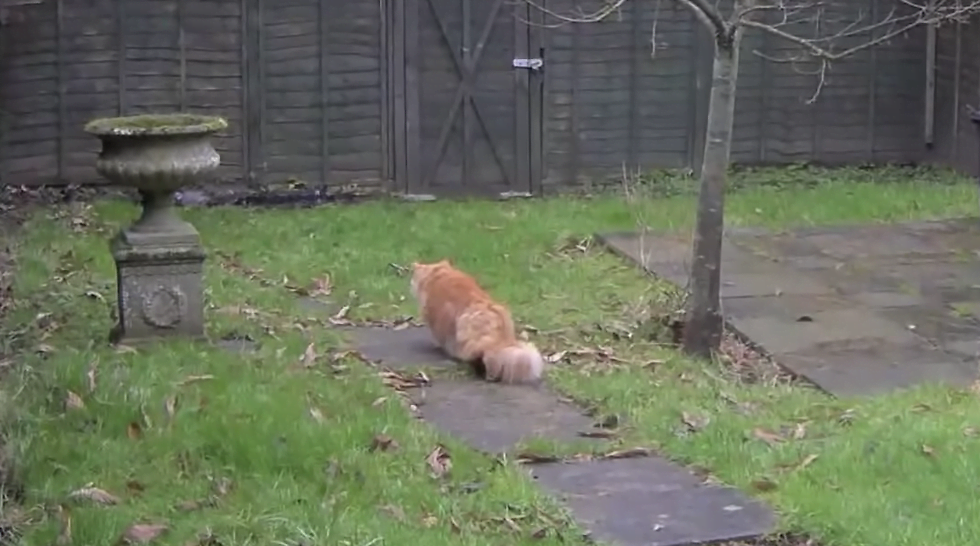
Outdoor Cats Transmit Disease
In addition to directly killing wildlife, outdoor cats can also indirectly kill them and hurt humans via the spread of disease. It is possible for cats to spread parasitic and viral disease to humans and wildlife, including toxoplasmosis, rabies, plague, and typhus.
Toxoplasma
Experts believe that toxoplasma, spread by feral cats, was the reason that the Hawaiian crow went extinct.
Toxoplasma gondii are the single-celled parasite that causes toxoplasmosis. It can be found in cat feces, and experts estimate that felines produce about 1.2 million tons of feces each year. Toxoplasmosis can enter the brain of prey animals, changing their behavior.
In addition to the threat towards wildlife, 10 to 20 percent of humans in America also have the parasite. It can also be spread by eating undercooked meat or drinking contaminated water. Toxoplasmosis may change neuron connections in humans, resulting in changes to personalities or triggering schizophrenia in those are already susceptible.
To put the risk of toxoplasmosis in perspective, consider the estimate that up to 74 percent of domestic cats within the United States will have T. gondii at some point in their lives.
In terms of wildlife that may be infected with T. gondii, the list includes rabbits, mice, squirrels, and raccoons, among others. When this wildlife contracts the parasite, they may face major neurological problems or even die.
Rabies
Rabies affects a large range of mammals, including humans, cats, dogs, and wildlife. It is nearly always fatal, making its spread due to outdoor cats a serious problem. While figures still indicate that wildlife is more likely to get rabies than cats, domestic cats are still the highest domestic carrier of rabies. Additionally, any cat that is outdoors could interact with a rabid animal and contract rabies, spreading it to other wildlife.
Outdoor Cats Can Also Bring Diseases to Humans
Although this article focuses on how outdoor cats affect wildlife, it is worth mentioning that both of the above illnesses, along with others, can be transmitted to humans. Outdoor cats can also spread cat scratch disease, salmonella poisoning, scabies, parasitic infections, and fungal infections like ringworm in humans.
Feral Cats and Strays Are Particularly Problematic
Part of the problem with outdoor cats is that they include a large number of strays and feral cats. There is a simple solution for dealing with those cats – convince owners to bring them inside. Many vets already agree this is wise and in the best interests of the cat itself.
However, it is much harder to deal with feral cats or strays. After all, they have no home to go to. Additionally, while stray cats interact with humans semi-regularly, feral cats do not. As such, feral cats tend to act more like wild animals. Remember that ferals and strays also tend to kill about triple the amount of animals as pet cats and the problem becomes even worse.
Reproducing
Because feral and stray cats roam free, there is no one to sterilize them in most situations. This leads to skyrocketing populations that can reproduce quickly, especially given that cats can go into heat when they are about six months old.
There are some trap, neuter, release programs that aim to help with this, but they are still not enough.
People Sometimes Feed Them
In the case of strays, there are few issues that prevent the populations of these problematic outdoor cats from growing. Humans regularly provide them with food. Additionally, if a stray is social enough to allow it, some humans will take them to the vet if they are injured.
The Approach Varies
Most experts can agree that stray and feral cats pose a significant problem to wildlife, but there are some major disagreements on how to deal with them. The two main stances tend to be either trap, neuter, return programs or killing the cats.

Part of the Solution: Encourage Indoor Cats
Controlling the domestic cats that contribute to the problems is relatively straightforward. We need to strongly encourage all pet owners to keep their cats inside.
Other Reasons to Keep Cats Inside
In addition to reducing the risk of them killing wildlife and spreading disease, keeping cats indoors has numerous benefits for the cats themselves. A 2015 estimate indicated that one million animals are injured or killed daily from motor vehicles.
There is also a higher risk of cats being exposed to illness and disease when they go outside, from rabies to things like fleas and ticks. There is also the risk of predation by other animals, such as wild animals.
How to Move Outdoor Cats Indoors
With a bit of patience, it is almost always possible to turn an outdoor cat into an indoor one, preventing it from killing wildlife or spreading more disease.
Experts suggest that you start introducing the cats to litter boxes and scratching posts early on, even before you start bringing them inside, since they are unlikely to be familiar with these objects.
You can also work on feeding the cat inside only and not letting it back outside right away. Trying to convince cats to transition to an indoor life can also be easier in the winter, as the warm shelter becomes more appealing.
One of the keys to helping cats adapt to being indoors is to make life fun and interesting. Provide toys that let them use their hunting instincts and provide observational perches, including in front of windows.
Is Killing the Cats a Solution?
Those who take an extreme approach advocate for killing the strays and ferals that cannot find homes. Those plans call for euthanasia if the cats are caught or even the use of professional hunters or poisons if they cannot be caught. However, the last two of these options are still frequently considered fairly extreme. Trapping and euthanasia when a home is not found is seen as more of a middle ground, to some extent.
Although there is strong opposition to killing cats to prevent the harm they cause to wildlife, there is also strong support for it. Australia, for example, took a dramatic approach in 2015, when it decided to attempt to kill the two million feral cats causing problems by 2020. The methods included dropping poisoned sausages, trapping, shooting, and other methods of delivering poison.
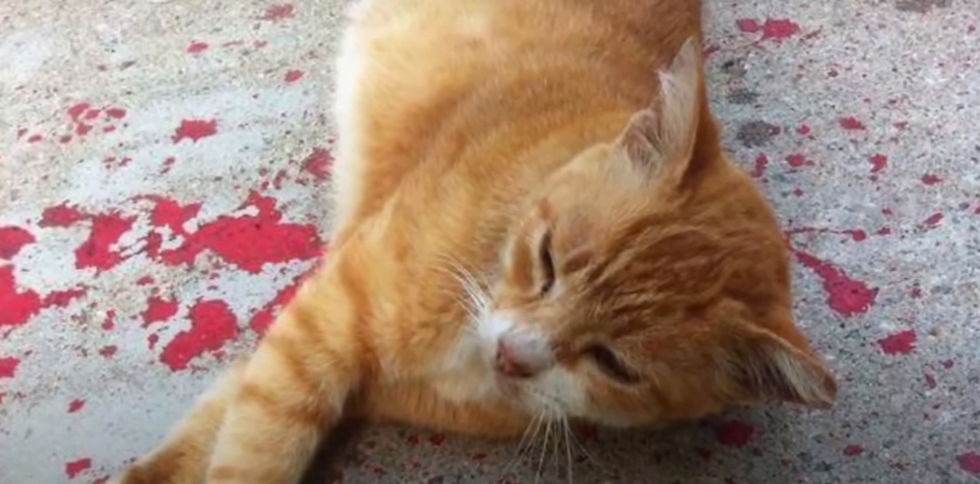
Is Trap Neuter Return a Solution?
Those on the opposite end of the spectrum feel that the most humane way of dealing with stray and feral cats is by a trap, neuter, return programs, frequently called TNR. This way, no cats are directly killed but they are unable to reproduce. If enough people help with those programs, the populations of strays and ferals would dramatically decline and eventually reach zero.
As a bonus, those who advocate for cat welfare also promote this method for other reasons. They argue that the large populations of outdoor cats make competition for resources fierce, hurting the quality of life of the felines.
Support for TNR
A study published in 2003 in the “Journal of the American Veterinary Medical Association” shows the extent to which TNR programs can be successful. This was among the first long-term studies on the method and led by Dr. Julie Levey and colleagues at the University of Florida in Gainesville. The study looked specifically at stray cat colonies on the University of Central Florida campus.
Even those behind the study had some doubts at first, but showed that TNR can be an effective method of outdoor cat control. By 2016, that campus only had five cats left, all of which were geriatric.
Issues with TNR
At the same time, the TNR solution is not without its problems. Research indicates that when you deal with larger populations of cats, you must sterilize a minimum of 75 percent of them to achieve results. This is particularly challenging, especially given that people who are negligent with pet cats contribute to a constant influx of new members in the colony.
Researchers who looked at almost 15,000 feral and stray cats, including Levey from the 2003 TNR study, found that just a few unsterilized cats can quickly undo all the progress.
Conclusion
Whether domesticated, stray, or feral, outdoor cats have the potential to kill wildlife. Outdoor domestic cats alone likely kill at least 1 million birds and 6 billion small mammals annually. They also compete with predators for scarce resources and can potentially spread diseases to wildlife as well as humans.
While most experts agree that something has to be done to control the number of outdoor cats as a way to mitigate their effects on wildlife, there are dramatically opposing views. Many want to kill the stray and feral cats while the other side prefers a trap, neuter, return approach. Neither is perfect so for now, the problem continues.
How to keep away stray cats
Learn how to keep stray cats away from your home, through both prevention and trapping techniques.
How to trap stray cats
Learn how to trap stray cats, and what you can do with them afterwards.
What to do with stray cats living in your attic
Learn how to get rid of strays dwelling in your attic - and how to make sure they don't return.
Sources
https://www.smithsonianmag.com/science-nature/moral-cost-of-cats-180960505/
https://onlinelibrary.wiley.com/doi/abs/10.1111/j.1365-2486.2011.02464.x
https://www.avma.org/sites/default/files/resources/javma_227_11_1775.pdf
https://abcbirds.org/program/cats-indoors/cats-and-diseases/
https://animals.howstuffworks.com/pets/do-feral-cats-spread-disease.htm
https://edition.cnn.com/2020/03/12/world/pet-cats-disrupt-wildlife-scn/index.html
https://www.nytimes.com/2019/04/25/magazine/australia-cat-killing.html

